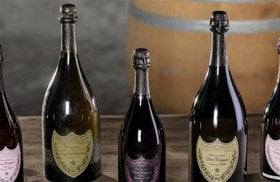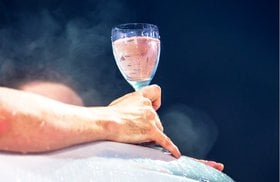Wine Alcohol Content: A Handy Guide, 25 Best Wines by ABV (2025)
Ever wondered about wine alcohol content while guzzling down that glass of Pinot Noir or a buttery Chardonnay?
Besides having diverse tasting notes and sweetness levels, wines come with different ABV (alcohol by volume) levels as well. Low alcohol wines start at around 5% ABV, and the highest alcohol content in wine is about 25% — without which it would simply be grape juice!
For instance, Port, Marsala, Portuguese Madeira, and Spanish Sherry typically have the highest alcohol content — around 20% ABV. Meanwhile, Moscato d'Asti generally has the lowest alcohol content — around 5%.
This alcohol content also plays a big role in defining your wine’s characteristics and flavor profile.
So, what determines the alcohol content in your favorite wine?
How does it affect the wine taste and structure?
How much alcohol is in your favorite Riesling, Champagne, or Spumante?
We’ll answer all your questions, including what ABV is and the alcohol content of different wines (with recommendations). We’ll also explore what influences the alcohol content of wine, the effects of alcohol content on wine, food pairings, and the answers to a few common questions.
We’ll also reveal the easiest way to invest in fine wines
Further reading
- If you want to start your own fine wine collection, check out this Ultimate Guide to Wine Investment.
- Also, discover the 10 Best Collectible Investments in 2023 so you can build a successful portfolio.
What Is Alcohol By Volume (ABV)?
Alcohol by volume (also referred to as alcohol proof) is a percentage measure of the amount of alcohol (ethanol) in 100ml of an alcoholic drink. For example, if the wine label states 12% ABV, it means that 100ml of this wine contains 12ml of pure alcohol.
Unfortified wine has an average alcohol content of 12% ABV, while fortified wine averages 18% in alcoholic content since it’s mixed with distilled spirit.
According to NIAAA (the National Institute on Alcohol Abuse and Alcoholism), a standard drink contains 14 grams of alcohol. To put this in perspective, this is the amount of pure alcohol found in:
- 350ml of beer or a wine cooler: 5% ABV
- 230ml of malt liquor or ale beer: 7% ABV
- 125ml of wine: 12% ABV
- 40ml of hard liquor: 40% ABV
Remember that wine producers are allowed to have a 1.5% ABV difference between what’s on the label and the actual wine alcohol content.
Wine Types By Alcohol Content and Best Wine Recommendations (Including Prices)
Here are our favorite wine styles (from light dessert wine to dry or sweet red wine) based on their average alcohol content and five wine recommendations each:
Wines With Low Alcohol Content
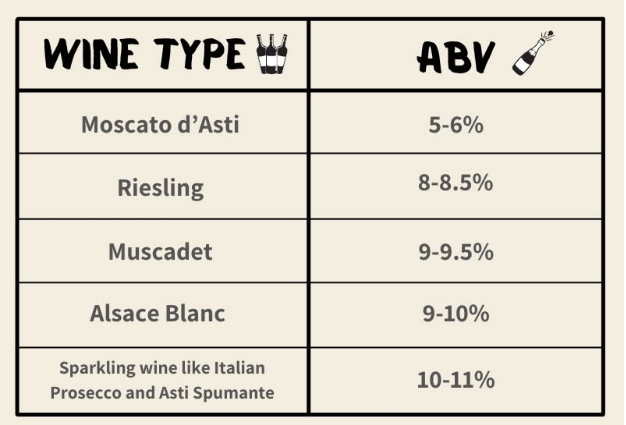
Best low alcohol wine bottles:
- Royal Tokaji ‘Essencia’ 2008: $2,200
- Egon Muller Scharzhofberger Riesling Trockenbeerenauslese 2010: $16,501
- Ca' d'Gal Vigna Vecchia 2011: $86
- Bisol Prosecco di Valdobbiadene Cartizze DOCG 2014: $80
- Domaine Marcel Deiss Schoenenbourg 2008: $123
Wines With Low to Medium Alcohol Content

Best wines with low to medium alcohol content
- Dom Perignon P3 Plenitude Brut Rose 1977: $4,066
- Sierra Cantabria 'Magico' 2010: $507
- Gut Oggau Mechthild Weiss 2017: $127
- Isole e Olena Chianti Classico Gran Selezione DOCG 2015: $270
- Vie di Romans Dessimis Pinot Grigio Friuli Isonzo 1996: $36
Wines With Medium Alcohol Content

Best wines with low to medium alcohol content:
- Liber Pater 2004: $10,653
- Domaine de la Romanee-Conti Romanee-Conti Grand Cru Pinot Noir 2005: $27,124
- Giacomo Conterno Monfortino 1996: $1,713
- Domaine Leroy Chambertin Grand Cru 2000: $18,000
- Eisele Vineyard Sauvignon Blanc, Napa Valley, USA 2021: $125
Wines With Medium to High Alcohol Content

The best medium to high alcohol content wine bottles are:
- Domaine Jean-Louis Chave Ermitage 'Cuvee Cathelin' 2009: $10,240
- Michel Rolland Mariflor 'Camille' 2007: $155
- Giuseppe Quintarelli Amarone della Valpolicella Classico Riserva DOCG 1995: $1,424
- Le Pin 2016: $4,449
Wines With High Alcohol Content
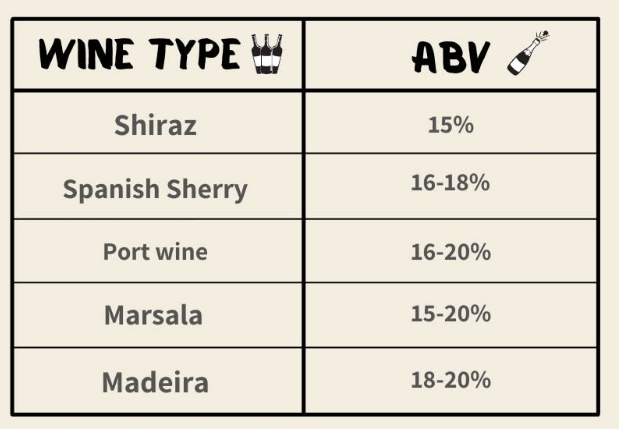
Best high alcohol content wine bottles:
- Henschke Hill of Grace Shiraz 2012: $816
- Williams & Humbert Coleccion Anadas Single Cask Oloroso Sherry 1960: $1,589
- W & J Graham's 'Ne Oublie' Tawny Port: $7,547
- J. S. Terrantez 1812: $3,799
- Cantine Florio Baglio Marsala Vergine 1983: $90
But how is alcohol formed in wine anyway?
What Determines Wine Alcohol Content?
A wine’s alcohol content is directly affected by the sugar levels in the grape. The greater the amount of grape sugars converted into alcohol during fermentation, the more alcoholic the wine will be.
Let’s see how these factors affect the potential alcohol content of wine
- Grape Sugars: Some grape varietals have higher sugar content than others. Sweeter grape varieties typically produce wines with a higher potential alcohol content. If all the grape sugars are not converted into alcohol, the wine will have more residual sugar and a lower ABV.
Also, grapes from warmer wine regions ripen better and tend to have higher sugar content than grapes from cooler climates. That’s why wines from Australia, California, and New Zealand tend to have much higher alcohol content than those from Germany, Northern France, and Oregon.
- Fermentation: Grape skins contain natural yeasts. During winemaking, the grape skins start feeding on the sugars from the grape juice. The byproducts of this wine yeast fermentation are alcohol, carbon dioxide, and heat.
The more sugar the wine yeast consumes, the more alcohol is produced. This way, the winemaker can regulate the fermentation process. They can produce a sweet wine with a lower alcohol percentage or a dryer wine with a higher ABV (higher alcohol content).
Now let’s find out how alcohol content changes the wine.
How Does Alcohol Content Affect Wine?
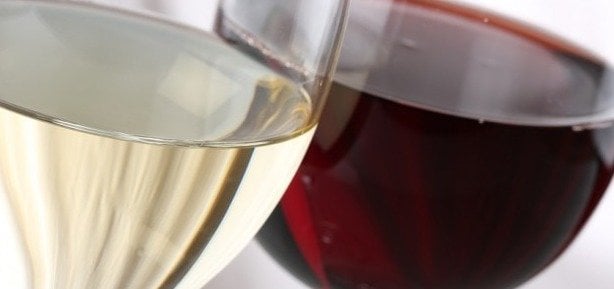
There are three main ways alcohol content affects a wine:
1. Taste and Flavor Profile
High alcohol wines have a more pronounced taste and bolder flavor profile.
Why?
Alcohol is a powerful solvent that extracts flavors and aromas from the grape skins and other components of the wine.
Wines with lower ABV tend to have a lighter, more delicate flavor profile, as the alcohol content is less dominant. They may also taste slightly sweeter because the residual sugar is more prominent.
2. Structure
The alcohol content of a wine can also affect its color, viscosity, and texture.
Higher alcohol level wines are typically fuller bodied and have a thicker texture than low ABV wines.
This is because alcohol has a higher density than water — as the alcohol content increases, so does the viscosity of the wine.
You can observe this when pouring the wine — it will tend to pour more slowly and leave thicker "legs" or "tears" on the sides of the glass.
Higher alcohol wine has a deeper, more intense hue. That’s because the increased alcohol content can extract more color from the grape skins during fermentation.
But that’s not all!
Higher alcohol wine types may feel more "hot" or "burning" on the palate due to the increased alcohol content.
3. Aging
In general, the lower the alcohol level, the longer a wine will stay. If you want wine for long-term cellaring, go for those with less than 14% ABV.
However, fortified wines are an exception. Despite their high alcohol levels, they will age for decades, some even close to a century.
So, which wine has higher alcohol content? Is it red or white wine?
Alcohol Content in Red Wine vs White Wine
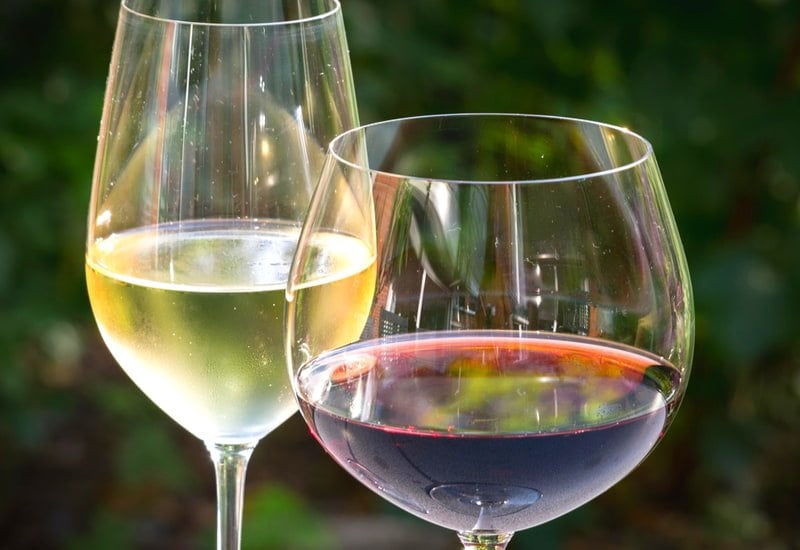
Red wine tends to have higher alcohol content (anywhere between 12-15% ABV) than white wine (which ranges from 5-14% ABV).
Why?
- Red grapes are usually harvested later in the season, so they have higher sugar levels — leading to higher alcohol content in the wine blend. Meanwhile, white grapes are less sugary and produce lower alcohol wines like Muscat, which are sweeter and lighter.
- Red wines have tannins, while whites don’t. To balance out the tannin levels, the winemaker would also prolong fermentation — increasing the wine's alcohol content. So a highly tannic red wine like Merlot or Barolo will be more alcoholic than a less tannic French Beaujolais.
Next, let’s see how to pair wines of different alcohol levels with food.
Food Pairings Based on Wine Alcohol Content

Here are some awesome wine-food matches you can put into action with your next glass of wine:
- Low Alcohol Wine: Light or low alcohol wines (like Vinho Verde) pair great with seafood hor d'oeuvres and cheese platters. A light dessert wine also pairs well with fruit salads and sweet snacks.
- Medium Alcohol Wine: Full-bodied reds and whites are the perfect matches to more savory meat dishes, while lighter-bodied wines go well with pasta, salmon, and smoked ribs. Whether you’re drinking an ordinary table wine or a marvelous Grand Cru, the drink will always pair well with your dinner.
- High Alcohol Wine: Most fortified wines have a higher ABV than other wines. These high alcohol wines usually match perfectly with chocolate and creamy desserts.
Next, we’ll cover a few questions you may still have about wine alcohol content.
Other Frequently Asked Questions About Wine Alcohol Content
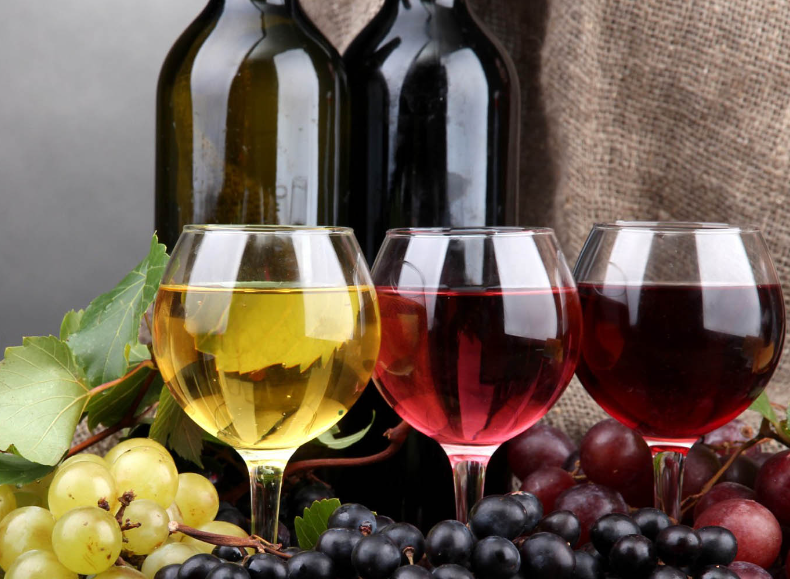
1. How Much Wine Should You Drink? (Based on ABV)
The recommended daily alcohol intake is one serving for women and two servings for men. (One serving of 12% ABV wine is around 5 ounces or 148 ml.)
However, if you’re drinking a light, sweet red wine with a lower alcohol concentration (in the range of 5-6% ABV), you can double your alcohol consumption.
Recent studies show that wines are becoming more and more alcoholic. And, if you’re drinking a modern wine with a high alcohol content (like the Australian Shiraz or a Port wine with an alcohol percentage of 16-20%), you could reduce your alcohol intake by half.
2. Which Alcoholic Beverage Has a Higher Alcohol Content, Wine or Beer?
When it comes to popular alcoholic drink options, wine usually has a higher alcohol concentration than beer.
The alcohol content of wine can range from 5-20% ABV (alcohol by volume), whereas beer is usually around 4-7% ABV.
However, there’s some variation depending on the type of wine or beer.
For example, some high-alcohol craft beers can have an ABV of 10% or more, while fortified wines (such as Port) can have an 18-20% ABV or higher.
Remember: The serving size of each alcoholic beverage differs — wine is typically served in smaller amounts than regular beer. A serving of wine is usually around 5 ounces (148ml), while a serving of beer is 12 ounces (355ml). As a result, even though wine has a higher ABV, you may end up consuming more alcohol overall if you drink several servings of regular beer.
So what’s the best way to find the perfect wine bottle?
If you’re looking for a table wine to enjoy now, a specialized wine shop or wine website may stock them.
But what if you want to buy some of the rarer, age-worthy, and investment-grade wines?
There’s a smart way to build a portfolio of authentic wines. It’s even much easier than doing the research, buying, shipping, and storing yourself!
Invest in Your Favorite Wines Through Vinovest
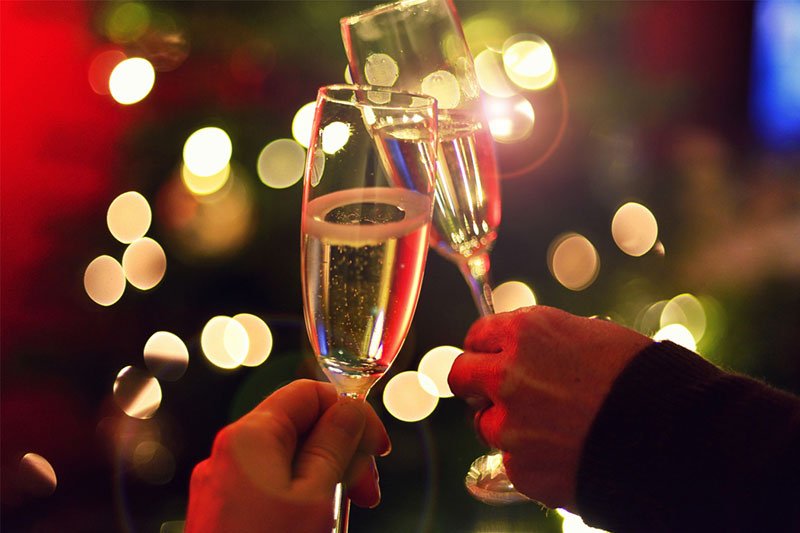
Vinovest is an online wine investment platform that lets you buy, store, and sell fine wines from all over the world with just a few clicks.
But why pick this platform?
That’s because Vinovest will:
- Trace the provenance of every wine bottle you purchase and guarantee its authenticity.
- Store all your wine cases in bonded warehouses with optimal light, temperature, humidity, and vibration levels.
- Ensure you have a profitable wine portfolio built with the help of Master Sommeliers and data scientists.
- Provide you with a full insurance policy at market value.
- Charge a low annual fee of only 2.5% or 1.9% for portfolios over $50,000. The fee covers everything — from buying and selling wine to storage, insurance, and portfolio management.
- Deliver your wine bottle safely to your doorstep or a buyer.
All you have to do is sign up and let Vinovest help you build your wine portfolio.
Build a Fine Wine Collection Today
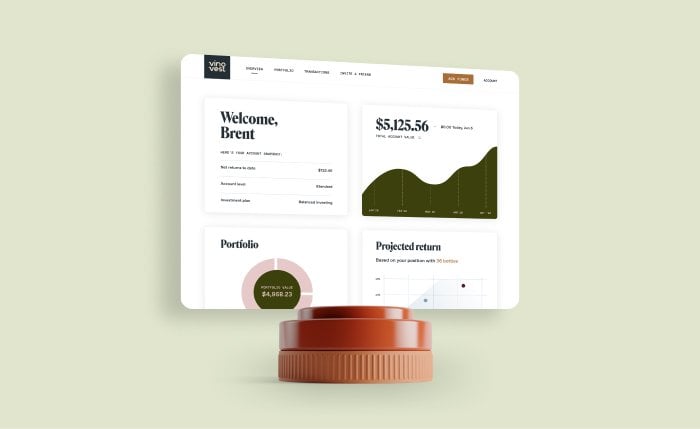
You’ll come across a stunning range of wines with seductive flavors, irresistible aromas, and varying alcohol content levels — from a light, sweet wine like the Riesling to a strong Zinfandel, Cabernet Sauvignon, or a fortified wine.
But regardless of your choice of flavors or alcohol proof, you can easily build a portfolio of wines through a reliable wine investment firm like Vinovest.
So, sign up and start building an attractive wine portfolio today

